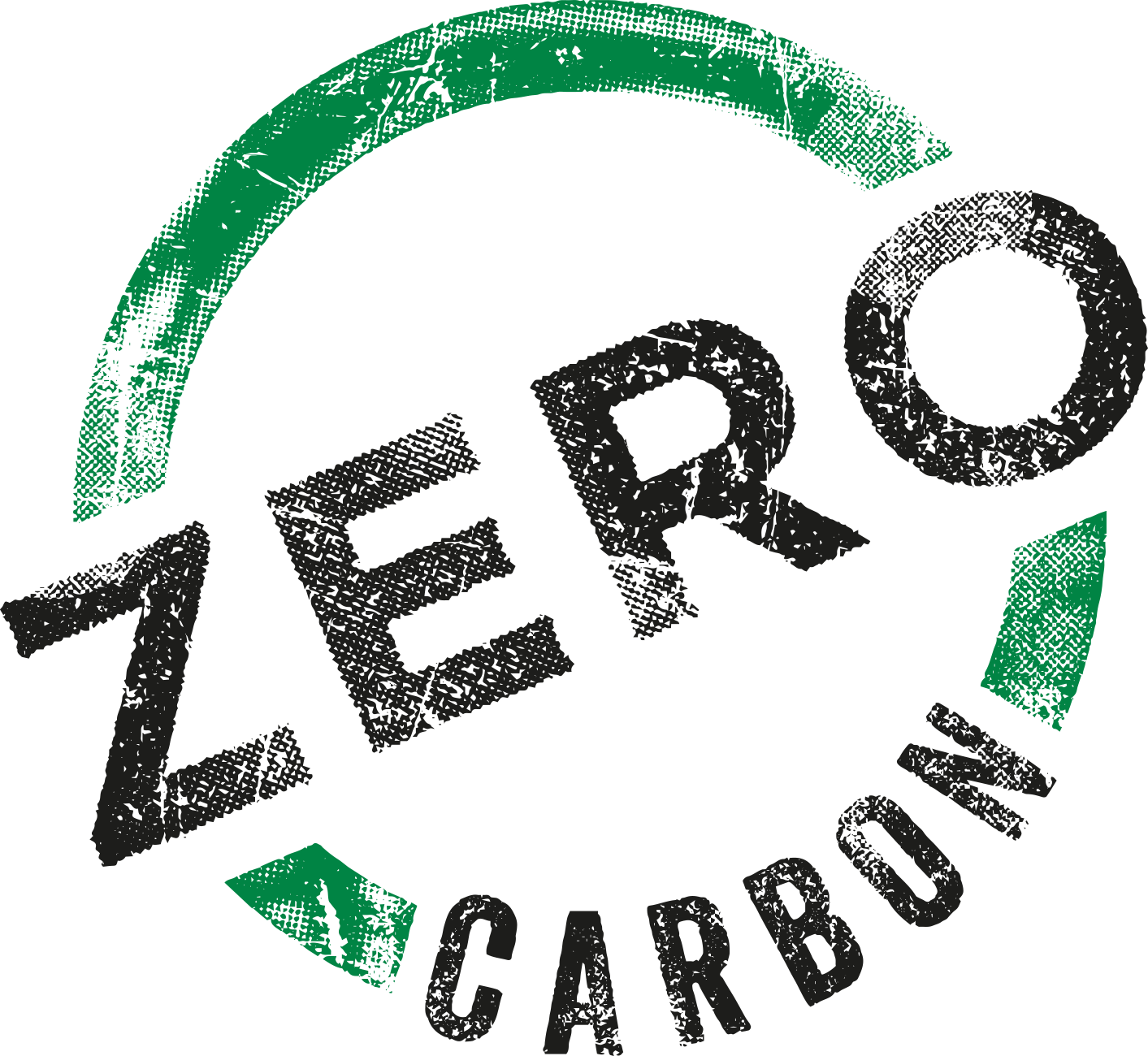
75% of global emissions remain unpriced.
We’re here to change that.
Source: Summary map of regional, national and subnational carbon pricing initiatives, The World Bank.
Global state of play
As of 2022, 73 national and sub-national jurisdictions which have a carbon pricing instrument in place or are planned in 2023, leaving roughly 75% of annual global greenhouse emissions unpriced. However, most of the instruments are in high-income countries, so to accelerate progress developing countries must be encouraged into the global trend. What is more, carbon prices are not high enough; less than 5% of global GHG emissions are covered by a carbon price at or above the recommended range.
To achieve the emissions coverage required under a 1.5C scenario, we need to accelerate the progress of carbon pricing.

The case for UK leadership
The COP26 Presidency positioned the UK as a global leader on climate action.
Article 6 (international carbon market) rules have finally been agreed after years of momentum, but for action to keep progressing forwards we need to see the Government continue to drive global momentum on carbon pricing. How? By urging all jurisdictions to make strengthened domestic commitments, as well as facilitating negotiations towards international carbon pricing agreements.
We need new solutions to old problems.
Overcoming the Article 6 gridlock.
In Article 6 of the Paris agreement, countries agreed to set up a new global carbon market system governed by common trading rules, and at COP26, after five years of intense negotiations, they finally agreed on the details of this last unresolved section of the Paris accord rulebook. This is great progress, but given that participation in the market is voluntary, alternative options for advancing carbon pricing on a global scale also need to be explored. We have outlined some of these below.
Pricing Nationally Determined Contributions (NDCs).
There is no one-size-fits all approach to carbon pricing, and the best methods of reducing emissions will be different for different countries. That’s why we want as many jurisdictions as possible to commit to strengthening their approach to domestic carbon pricing in the aftermath of COP26. This way, we can collectively raise ambition on carbon pricing in a way that works for all, as we work towards securing global agreements, which we discuss in more detail below.
Forming international agreements.
If a few influential countries can come together to commit towards stronger carbon pricing, it won’t be long before others have to follow. That’s why we’re calling for the UK government to form a ‘high ambition’ club of countries determined to reach net zero, and lead negotiations around the implementation of a Global Carbon Price Floor. All countries with carbon prices that are equivalent to or exceed the global price floor will be able to trade freely without adjusted pricing, whilst those with weaker pricing will be subjected to Border Carbon Adjustments.




